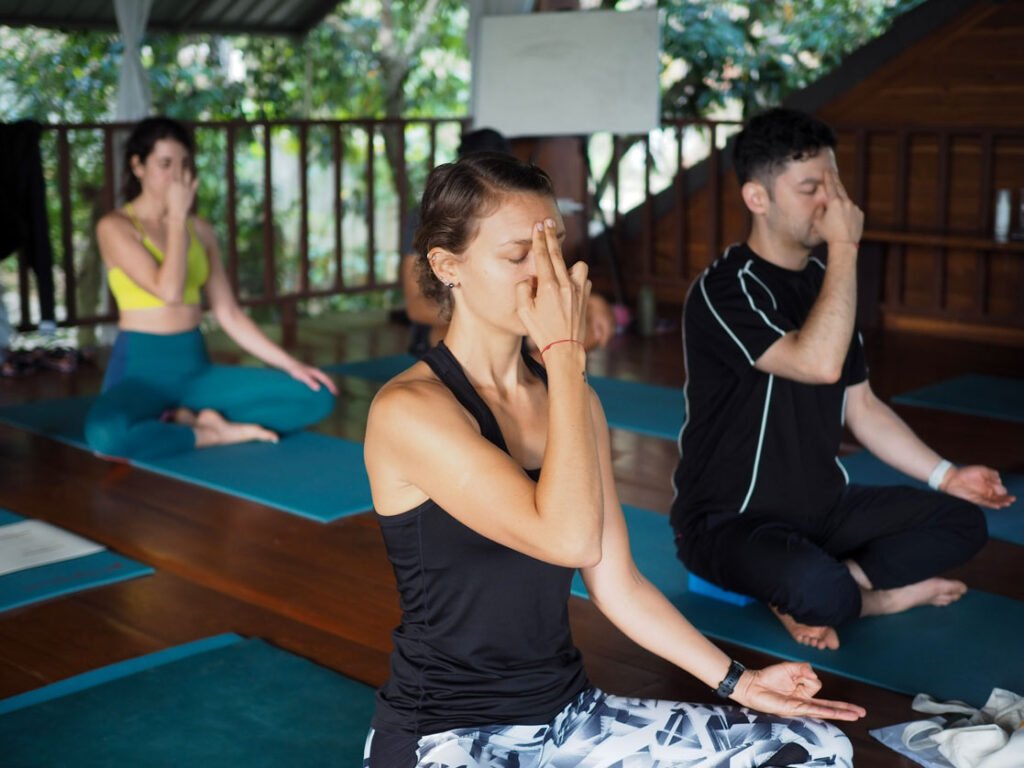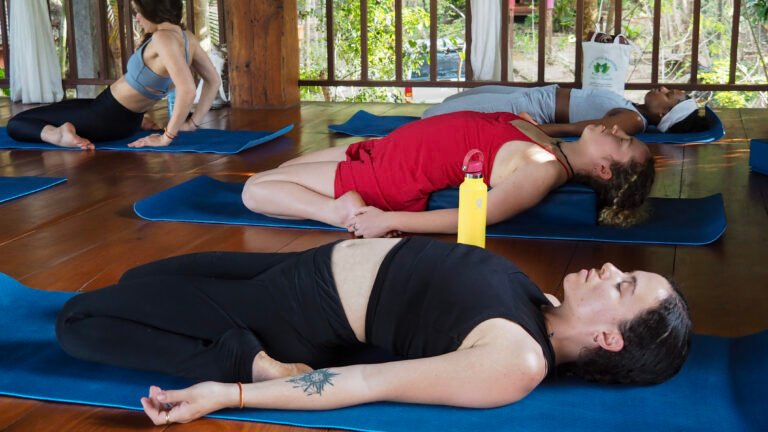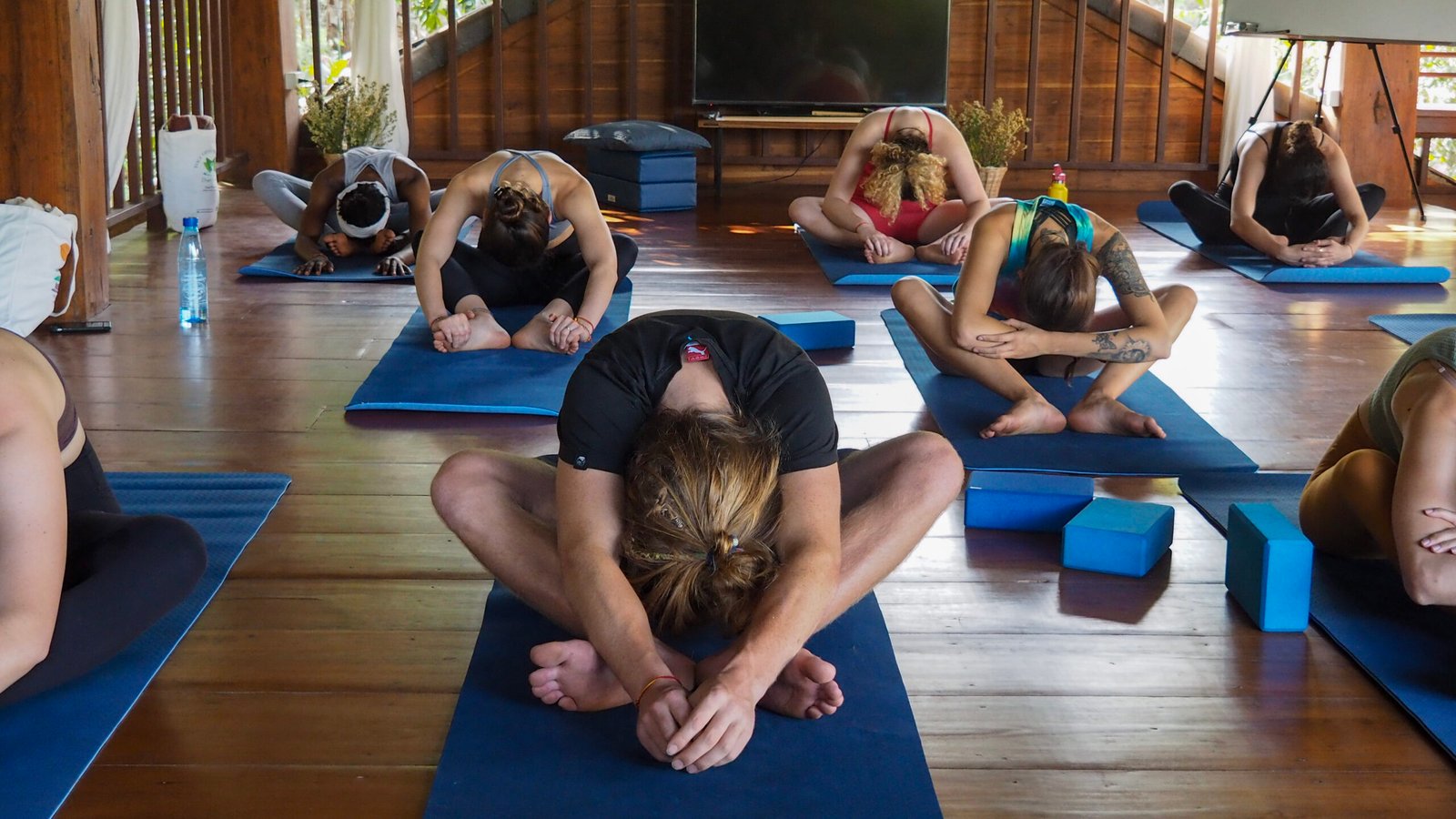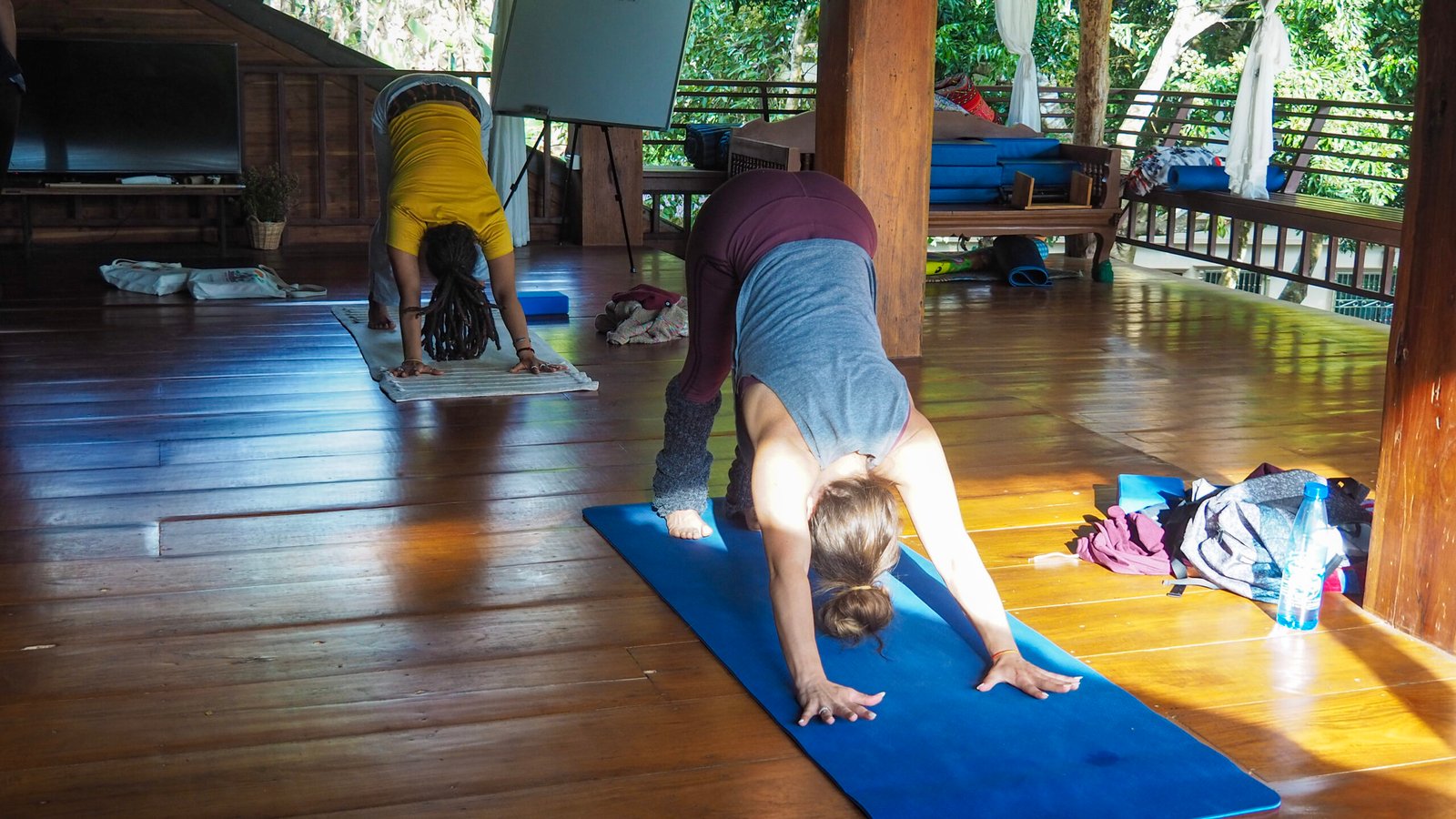Are you feeling the pressure of a busy and hectic lifestyle? Are you searching for ways to increase your flexibility and find inner peace? Look no further than a daily yoga practice! Yoga has been practiced for thousands of years and has proven benefits for both physical and mental health. In this blog post, we will explore how incorporating a daily yoga practice can help reduce stress, improve flexibility, boost immunity, increase strength and balance, enhance focus and concentration, and so much more. Get ready to roll out your mat as we dive into the amazing benefits of a regular yoga routine!
What is Yoga?
Yoga is a physical, mental, and spiritual practice that originated in India. The word yoga comes from the Sanskrit word yuj, which means “to yoke” or “to unite.” Yoga is often referred to as a union of the body, mind, and spirit.
The physical practice of yoga consists of poses (asanas) and breath work (pranayama). The poses vary in difficulty from beginner to advanced, and can be modified to suit any level of fitness. The breath work helps to calm the nervous system and can be used as a tool to focus the mind.
The mental and spiritual aspects of yoga are just as important as the physical practice. Yoga encourages us to be present in the moment and aware of our thoughts and feelings. It also teaches us how to let go of judgment, cultivate compassion, and find inner peace.
There are many different styles of yoga, but all have the same goal: to promote health and well-being on every level – body, mind, and spirit.
Benefits of Practicing Yoga on a Regular Basis
When it comes to finding a workout that offers something for everyone, look no further than yoga. This popular form of exercise has been around for centuries and is known for its ability to provide a comprehensive workout for the mind and body. While there are many different styles of yoga, all forms provide a multitude of health benefits. Here are just a few of the benefits you can experience by practicing yoga on a regular basis:
Yoga is an excellent way to reduce stress and promote relaxation. If you’re looking for a workout that will help you unwind after a long day, yoga is perfect. The slow, steady movements and deep breathing help to calm the nervous system and clear the mind. With regular practice, you’ll notice a decrease in stress levels and an increase in overall feelings of well-being.
Looking to boost your energy levels? Yoga can help with that too! The gentle movements and stretches help to increase blood flow and oxygenation throughout the body, resulting in more energy and vitality. If you’re feeling sluggish or run down, give yoga a try – you may be surprised at how invigorating it can be!
In addition to reducing stress and increasing energy levels, yoga can also improve flexibility, strength, and balance. Whether you’re a beginner or an experienced yogi, there’s always room to grow in your practice. With regular stretching and strengthening exercises, you’ll notice increased flexibility and improved muscle tone over time. As your balance improves, you’ll
Different Types of Yoga Practices
The benefits of yoga are vast and well-documented. But with so many different types of yoga practices out there, it can be tough to know where to start. Here is a breakdown of some of the most popular types of yoga, so you can find the perfect fit for your needs and goals.
Hatha Yoga: This type of yoga focuses on physical postures, or asanas. Hatha classes are a good choice for beginners, as they move at a slower pace and emphasize proper alignment.
Vinyasa Yoga: Vinyasa, also called flow yoga, is a more active form of yoga that links breath with movement. Classes are typically faster-paced and may include inversions and arm balances. If you’re looking for a workout, vinyasa is a great option.
Tips for Starting a Daily Yoga Practice
Assuming you’re a beginner to yoga, here are a few tips to help get you started on a daily yoga practice:
1. Set realistic goals. Don’t try to do too much too soon or you’ll quickly become overwhelmed and frustrated. Maybe start with just 3-5 days a week for 20-30 minutes each day.
2. Choose a time of day that works for you and make it part of your daily routine. Doing yoga first thing in the morning can help set the tone for the rest of your day or wind down at night with some gentle stretches can help you relax and prepare for sleep.
3. Find a comfortable place to practice where you won’t be interrupted. This could be in your living room, bedroom, or even outside in your backyard!
4. Invest in a mat and any other props you might need like blocks, straps, or blankets. There are plenty of affordable options available online or at your local store.
5. Start slow with basic poses and breathing exercises then gradually work up to more challenging ones as you get stronger and more flexible. There are endless possibilities when it comes to yoga so find what feels good for your body and don’t overdo it!
How to Set Up Your Home Practice Space
When it comes to setting up your home practice space, there are a few key things to keep in mind. First, you’ll want to find a quiet, secluded spot in your home where you won’t be disturbed. This could be a corner of your bedroom or a spot in your basement. Once you’ve found your space, clear away any clutter and make sure there’s enough room for you to move around freely.
Next, you’ll need to gather some essential yoga props. A yoga mat is a must, of course, but you might also want to invest in a yoga block or two and a strap. These props will help you safely practice some of the more challenging yoga poses.
Finally, take some time to create an atmosphere that’s conducive to relaxation and focus. dim the lights, light some candles or incense, and play some calming music. Once you’ve created a peaceful environment, you’re ready to begin your yoga practice!
Building Flexibility with Props and Modifications
When it comes to props, the most important thing is to use what you have on hand. If you have a yoga mat, great! If not, a towel or blanket will do the trick. And if you don’t have either of those, no worries – you can always practice yoga on a bare floor. As for modifications, there are endless possibilities and variations depending on your individual needs and abilities. Here are just a few ideas to get you started:
If you have trouble balancing, try standing near a wall or using a chair for support.
If you have wrist pain, try placing your hands on blocks instead of directly on the floor.
If you’re pregnant or have other health concerns, be sure to consult with your doctor before trying any new poses or modifications.
The bottom line is that there’s no “right” way to do yoga – so don’t be afraid to experiment and find what works best for you.
Meditation Techniques to Complement Your Yoga Practice
There are many different yoga styles and each offers its own set of benefits. Hatha yoga, for example, is a slow-paced form of yoga that focuses on gentle movements and holding poses for a longer period of time. This type of yoga is great for beginners or those looking to improve their flexibility. Vinyasa yoga, on the other hand, is a faster-paced form of yoga that focuses on linking breath with movement. This type of yoga is great for those looking to build strength and stamina.
But what about meditation? Can meditation complement your yoga practice? The answer is yes! Meditation can help you focus your mind and body while practicing yoga. It can also help you find inner peace and calmness. Here are some meditation techniques to try:

1. Breathing Meditation: Focus your attention on your breath as you inhale and exhale. Observe the rise and fall of your chest or abdomen with each breath. Don’t try to control your breath, just let it flow naturally.
2. Body Scan Meditation: Slowly scan your body from head to toe, noticing any tension or areas of discomfort. Once you’ve identified an area of tension, focus on breathing into that area until you feel the tension start to release.
3. Guided Meditation: Find a comfortable position and close your eyes. Listen to a guided meditation recording or follow along with a written script. You may want to focus on a certain topic
Conclusion
The benefits of a regular yoga practice can be enjoyed by anyone and everyone. From helping to reduce stress and anxiety to improving balance and flexibility, yoga has a wide range of benefits for the body and mind. Whether you are just starting out or already have an established practice, yoga is accessible to all levels of practitioners with modifications available for each pose. Give it a try today and see how your own personal experience with yoga could benefit you!









